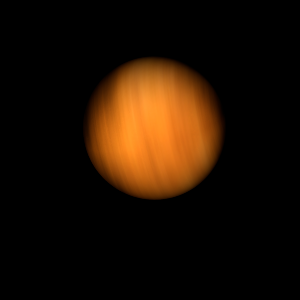|
|
Space Astro
|
Info for exoplanet "Qemera Mo"
| Scientific (actual) data |
|---|
| Name | HIP 70849 b |
| Planet status | Confirmed |
| Planet mass | 4.55 |
| Mass sini | 4.58 |
| Orbital period | 3666.79 |
| Semi major axis | 4.037 |
| Orbit eccentricity | 0.584 |
| Inclination | 130 |
| Angular distance | 0.416667 |
| Discovered | 2009 |
| Updated | 2025-08-13 |
| K | 75.52 |
| Publication | Published in a refereed paper |
| Detection type | Radial Velocity, Astrometry |
| Mass measurement type | Astrometry |
| Alternate names | GJ 9482 b |
| Star name | HIP 70849 |
| Right ascension | 217.33° |
| Declination | -46.46° |
| Mag v | 10.36 |
| Star distance | 24 |
| Star mass | 0.63 |
| Star sp type | K7V |
| Star age | 3 |
| Star temperature | 4105 |
| Star alternate names | GJ 9482 |
| Wikipedia article | HIP 70849 b |
Back
| |
| Fictional info (?) |
|---|
| Suggested name | Qemera Mo |
| Planet type | Large cold gas giant |
| The largest moon, Ojaza, has a diameter greater than that of the planet Mercury. |
| Atmosphere | Carbonyl sulfide | 84% |
| Neon | 15% |
| Krypton | 0.022% |
| Atmospheric pressure | 50 bar |
 |
| Moon | Ojaza | Small almost round rocky asteroid |
| Etac-ocen-iq | Medium-sized round oceanic moon |
| Google search for Qemera mo |
|
Website by Joachim Michaelis
|
|
|
|